Can you freeze basil? The simple answer is yes, but there’s more to the story than that. By understanding the nuances of freezing basil, you can preserve its flavor and enjoy it year-round.
Why Freeze Basil?
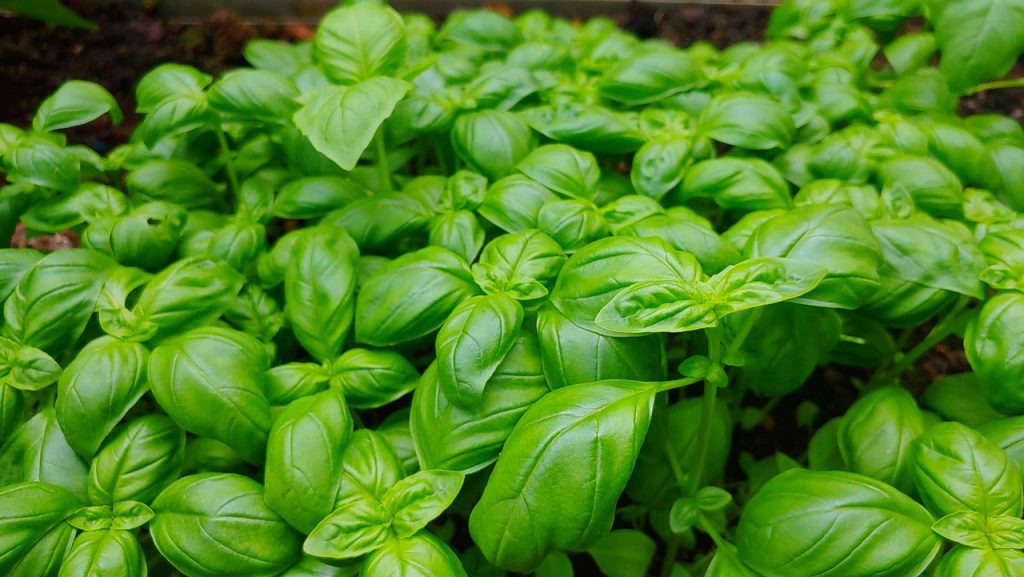
If you’re lucky enough to have a flourishing basil plant at home or frequently purchase fresh basil, freezing is one way to make sure you don’t waste any of it. Fresh basil can wilt and lose its vibrant flavor quickly, especially if left in the fridge for too long. Freezing helps you maintain that freshness, allowing you to enjoy basil’s bright flavor even in the depths of winter.
Preparing Basil for Freezing
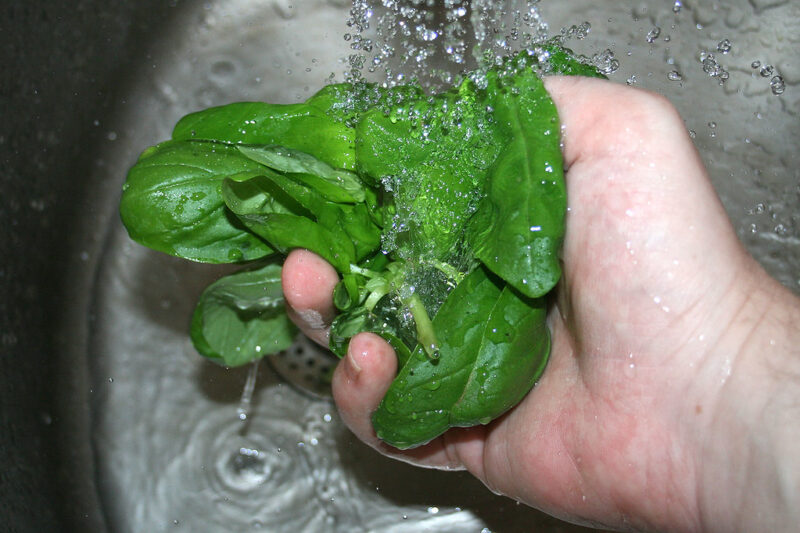
Freezing basil requires some preparation to ensure that its flavor and texture remain intact. Here’s how to get started:
Step 1: Choose Fresh Basil
Select the freshest basil leaves for freezing. Look for bright green leaves without any dark spots or signs of decay. If you’re harvesting from your own plant, choose the leaves in the morning when they’re at their peak due to the lack of moisture and dew.
Step 2: Wash and Dry
Gently wash the basil leaves under cold water to remove any dirt or insects. After washing, pat them dry with a clean kitchen towel or use a salad spinner to remove excess water. This step is crucial, as moisture can lead to freezer burn and degradation of flavor.
Step 3: Prepare for Freezing
There are several ways to prep basil for freezing:
Whole Leaves: You can freeze the leaves as they are, though they may become somewhat limp when thawed.
Chopped Basil: If you prefer smaller pieces for cooking, chop the leaves into your desired size.
Basil Ice Cubes: A popular method to freeze basil is to blend it with a bit of olive oil and then pour the mixture into ice cube trays. Once frozen, you can transfer the cubes into a ziplock bag for easy use.
Freezing Methods for Basil
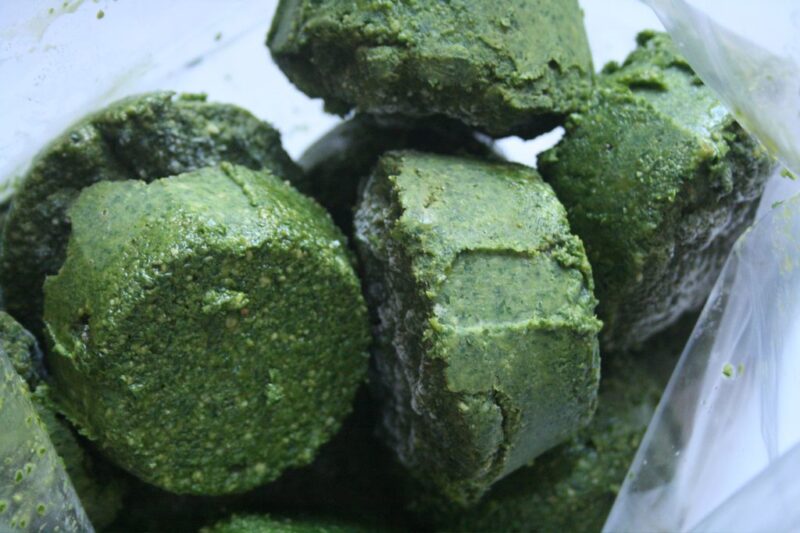
Different freezing techniques yield varying results. Here, we’ll explore some of the most effective ways to freeze basil while maximizing its flavor.
Whole Leaf Freezing
This method is the simplest but may not preserve the texture as well as some other methods. Here’s how to do it:
Place the Leaves: Lay the clean and dry basil leaves in a single layer on a baking sheet.
Flash Freeze: Place the sheet in the freezer for about two hours or until the leaves are firm.
Transfer to Bags: Once frozen, transfer the leaves into airtight freezer bags, removing as much air as possible to prevent freezer burn.
Label: Don’t forget to label the bags with the date for future reference.
Chopped Basil Freezing
Freezing chopped basil allows for easy incorporation into various dishes. Here’s how to do it:
Chop the Leaves: Use a sharp knife to chop the basil leaves into small pieces.
Spread on a Tray: Spread the chopped basil evenly on a baking sheet.
Flash Freeze: Place in the freezer for two hours.
Storing: Transfer the frozen chopped basil into an airtight container or freezer bag, ensuring to remove excess air.
Basil Ice Cubes
Basil ice cubes blend convenience and flavor beautifully. Here’s a step-by-step guide:
Blend with Oil: In a food processor, combine fresh basil leaves with olive oil. Use about one part basil to two parts olive oil for optimal consistency.
Fill Ice Trays: Pour the basil-oil mixture into ice cube trays.
Freeze: Place the trays in the freezer until solid.
Transfer to Freezer Bags: Once frozen, pop the cubes out and transfer them to ziplock bags for ease of use in future recipes.
Label: Don’t forget to note the date!
Thawing and Using Frozen Basil
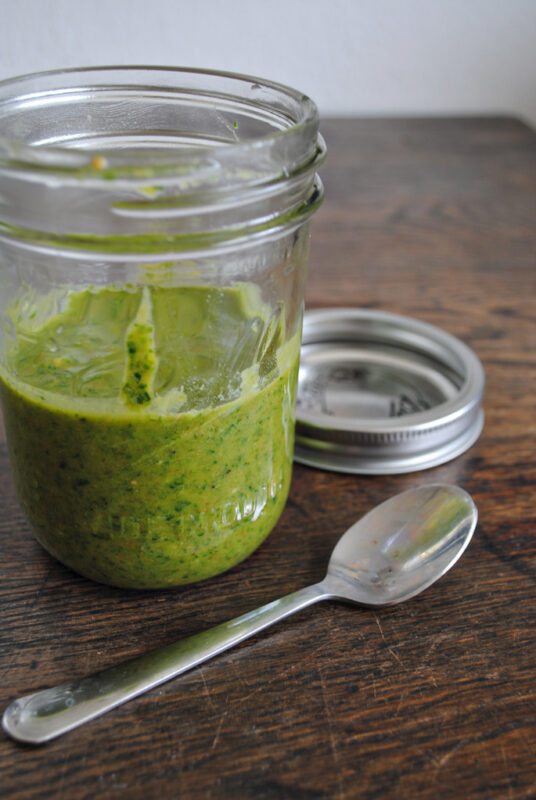
One of the most important aspects of freezing basil is understanding how to properly thaw and use it. Here are some helpful hints:
Thawing Methods
In Refrigerator: The best way to thaw basil is by transferring it to the refrigerator for several hours or overnight.
Directly in Cooking: You can also add frozen basil directly to hot dishes without thawing it first. The heat will quickly release the basil’s aroma and flavor.
Culinary Uses
Frozen basil holds its flavor remarkably well and can be used in many dishes:
Soups and Stews: Simply add frozen leaves or cubes to your pot.
Pasta Dishes: Stir in frozen basil during the last few minutes of cooking.
Pizzas: Sprinkle on pizzas before baking for a fresh aroma.
Salad Dressings: Blend into homemade dressings or dips.
Flavor and Quality Considerations
While freezing preserves basil, the flavor can change slightly. Here are some considerations:
Flavor Concentration: The freezing process may intensify basil’s flavor, making it slightly more potent when thawed.
Texture Changes: Fresh basil has a distinct texture that may change when frozen. If you prefer a crunchy leaf, consider using a fresh basil garnish after cooking.
Potential Drawbacks to Freezing Basil
Despite the numerous benefits, freezing basil comes with some drawbacks that should not be overlooked.
Texture Changes
Frozen basil leaves can become mushy once thawed, losing their original crispness. While this doesn’t affect flavor, it may not be ideal for all recipes, particularly salads where texture plays a key role.
Limited Shelf Life
Frozen basil does have a shelf life. While it can last several months, ideally use it within six months for the best flavor. After that, the taste can degrade, making it less appealing.
Loss of Essential Oils
Some essential oils may diminish during the freezing process, potentially affecting the overall flavor profile.
Creative Ways to Use Frozen Basil
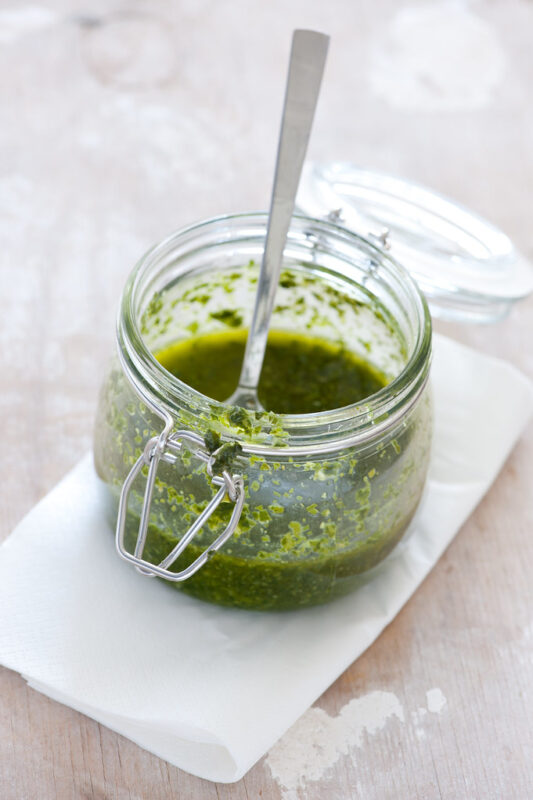
Beyond traditional culinary uses, you may want to get a bit creative with your frozen basil stash. Here are a few novel ideas:
Herb-Infused Oils
Use frozen basil to create herb-infused oils. Simply use a blender to combine basil, olive oil, and a pinch of salt. This aromatic oil can elevate dishes ranging from grilled vegetables to dips.
Flavor Boost in marinades
Add frozen basil to marinades for meats or fish. The freezing will not only keep the herb fresh but will also add flavor depth to your dish when marinated.
Basil-Studded Butter
Combine softened butter with chopped frozen basil, a squeeze of lemon, and salt. Roll into a log and chill. This compound butter can be used in various dishes, from finishing sauces to spreading on bread.
Alternatives to Freezing Basil
Not everyone may want to freeze basil, and that’s okay! There are several other preservation methods.
Drying Basil
Drying is a traditional method for preserving herbs. Here’s how to do it:
Harvest and Prepare: Gather and wash the basil leaves thoroughly, drying them as mentioned earlier.
Method of Drying: You can air dry by hanging bundles in a warm, dark place or using a dehydrator or oven set to a low temperature.
Storage: Once dried, store the leaves in an airtight container away from direct light.
Infusing Olive Oil
Infusing olive oil with fresh basil is another excellent way to preserve the herb’s flavor without freezing. Combine basil and olive oil in a jar and store it in a cool, dark place. This infused oil can be used in dressings, marinades, or as a finishing touch for dishes.
Making Pesto
Another popular method is to make pesto. Blend fresh basil with nuts, cheese, garlic, and oil to create a delicious sauce. Freeze individual portions in ice cube trays or small containers for easy future use.
Conclusion
Freezing basil is an excellent way to maximize the joy of this extraordinary herb, ensuring that you can enhance your dishes long after the growing season has ended. Whether you choose to freeze whole leaves, chop them, or create flavorful cubes, the possibilities are vast. Embrace basil—the herb of summer—and carry its vibrant essence through every season with these preservation techniques.





